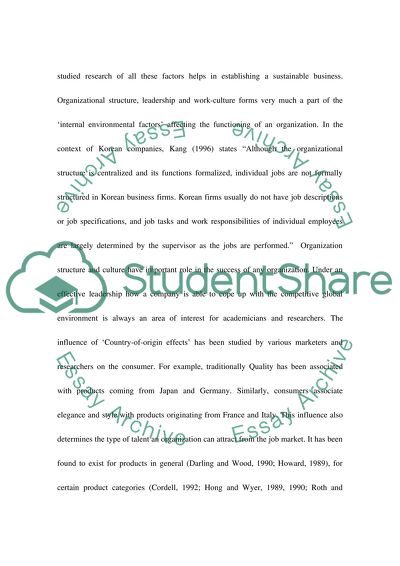Korean OEM Suppliers: International Business Management Strategy Essay. Retrieved from https://studentshare.org/miscellaneous/1525599-korean-oem-suppliers-international-business-management-strategy
Korean OEM Suppliers: International Business Management Strategy Essay. https://studentshare.org/miscellaneous/1525599-korean-oem-suppliers-international-business-management-strategy.


